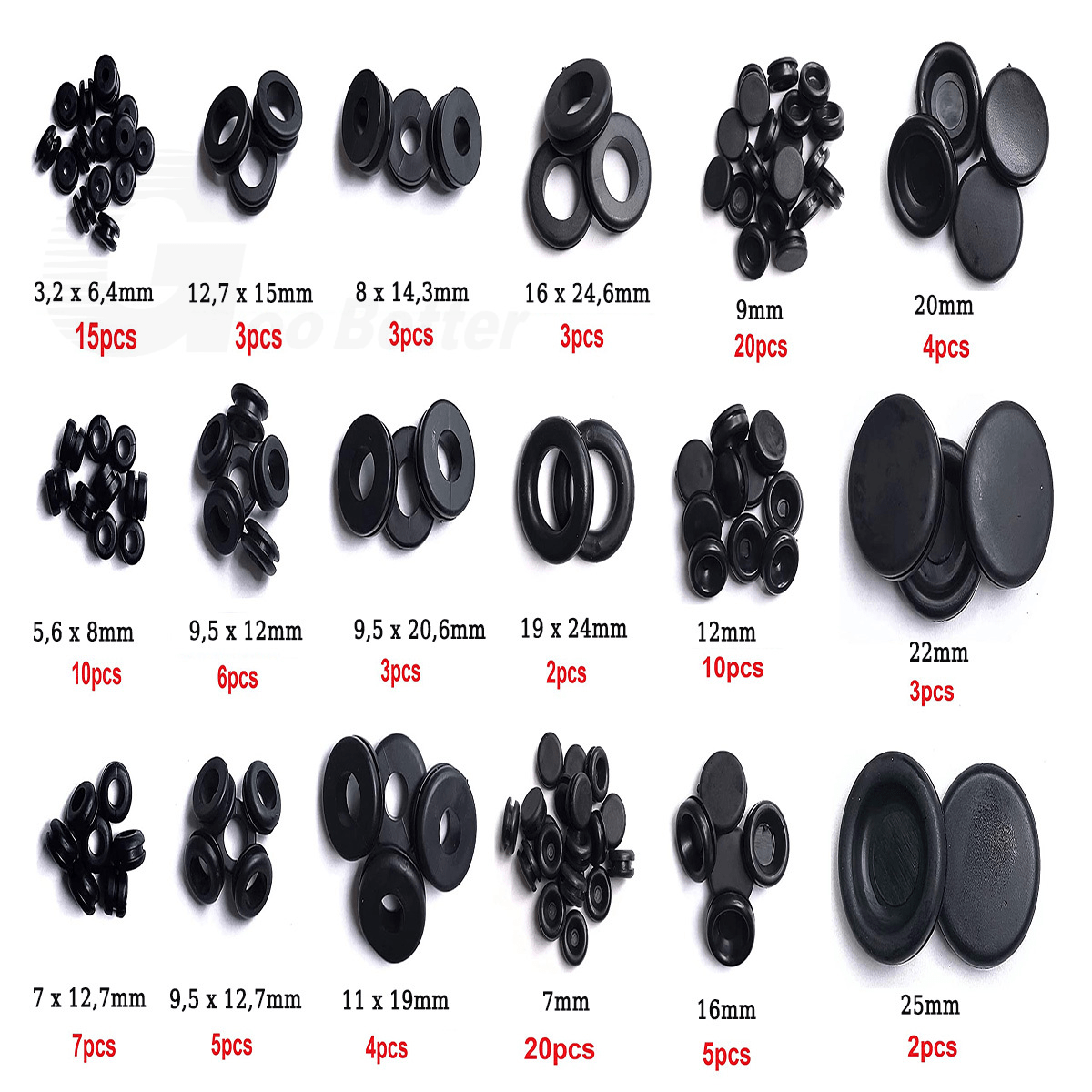1. Anti-friction: Inside small appliances, wires may come into contact with other metal parts, edges of the casing or sharp corners, and prolonged friction can easily lead to breakage of the outer skin of the wires. The wire guard can be put on the outside of the wire, as a kind of cushion layer, effectively reducing the friction between the wire and the surrounding objects, preventing wear and tear of the outer skin of the wire, and reducing the risk of short-circuit and leakage. For example, in the maintenance of small power tools such as handheld drills, the wire in the tool through the metal bracket and other components, the use of wire sheaths can be very good protection for the wire.
2. Anti-pull: some small appliances in the process of use, the wire may be subject to a certain degree of pulling, such as vacuum cleaners in the process of moving, its power cord may be accidentally pulled. The wire protection sleeve can enhance the wire's tensile strength and reduce the possibility of breakage of the core wire inside the wire due to pulling.
3. Fixed role: the protective coil is usually used at the interface of the line, such as the wire through the small holes or with other parts of the connection. It can fix the wire in the appropriate position, preventing the wire from moving freely in the interface, so as to avoid the interface loosening or the wire from the interface to fall off. In the repair of small appliances such as electronic scales, when it is necessary to connect or replace the wires of the sensor, the protective coil ensures the stability of the wires at the point of connection.
4. Insulation and isolation: the protective coil can also provide a certain degree of insulation, the wire and the surrounding may be conductive components to isolate, to prevent short-circuit phenomena arising from contact. Especially in some sophisticated small appliances, such as small massagers near the circuit board, the use of protective coils can protect the wire interface to avoid circuit failures caused by static electricity or accidental contact.




















